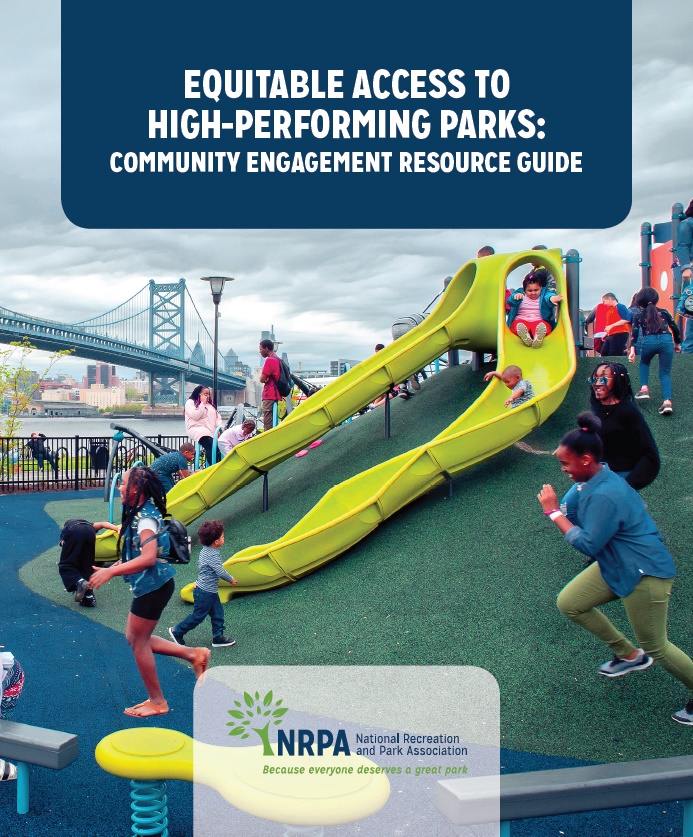This guest blog post is written by Jared Mummert, Program Specialist, National Recreation and Park Association
On a sunny, warm summer day, people walk outside, kids attend summer camps, and families relax and play at their local parks. During the month of July, communities across the country celebrate their park and recreation agencies through Park and Recreation Month. Living within a 10-minute walk of these spaces provides physical- and mental-health benefits as well as environmental benefits and provides a natural place for all community members to gather and play.
Our parks and recreation centers sit at the heart of our communities and are open to all people. Inherent in the philosophy of public parks and open space is that everyone — no matter the color of their skin, age, income level or ability — has access to the benefits of parks and recreation. So, shouldn’t the community have a say in the development and long-term success of their public spaces?
In June 2019, the National Recreation and Park Association published the Community Engagement Resource Guide: Creating Equitable Access to High-Performing Parks, because we believe that all people should have a seat at the table and a voice when it comes to the planning, design, construction, maintenance and activation of their park and recreation spaces.
This guide centers on equity and inclusion to better meet the needs of all people impacted by projects and plans. Inclusive and equitable engagement relies on an ongoing and proactive process of working collaboratively with all people. With that vision, the guide assists park and recreation agencies and their partners to build trust among community members; improve the environmental, physical, social and economic health of communities; and develop a community’s ownership of park spaces.
The guide divides the engagement process into four major themes:
- Internal Assessment and Planning
- Building Trust with Communities
- Community Engagement Strategies
- Evaluation
As a roadmap, the resource highlights essential steps to perform meaningful engagement in neighborhood-level and park-system planning projects. It provides park and recreation agencies and advocates the tools they need to include the whole community.
This July, as you are walking, relaxing and playing at your local parks and in your recreation centers, think about how these spaces serve the needs of the community and how you can be involved in developing a more equitable and inclusive process to engage the members of your community.


